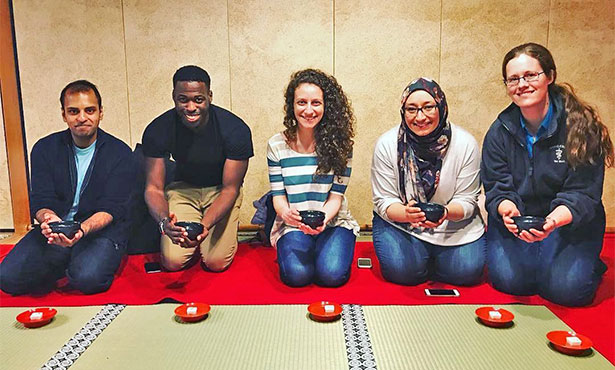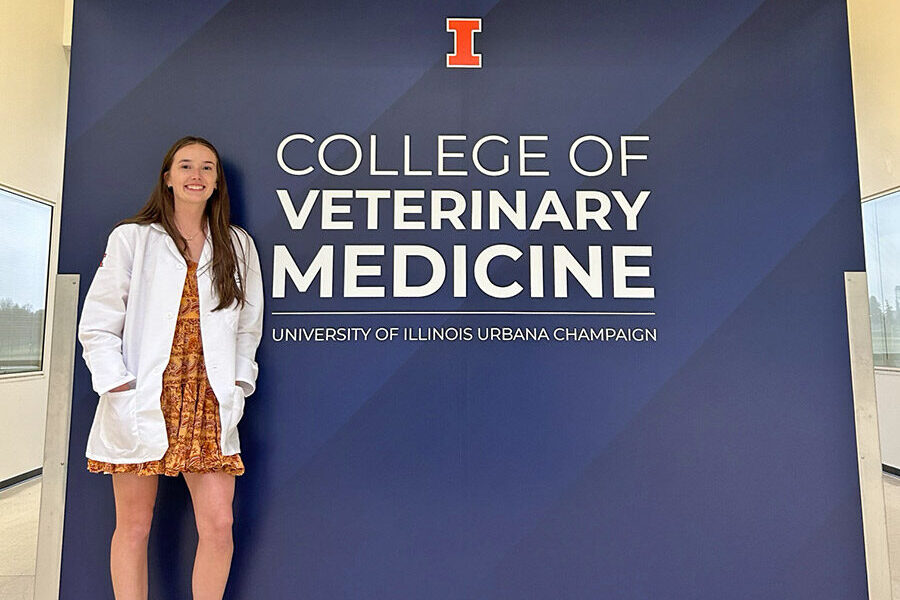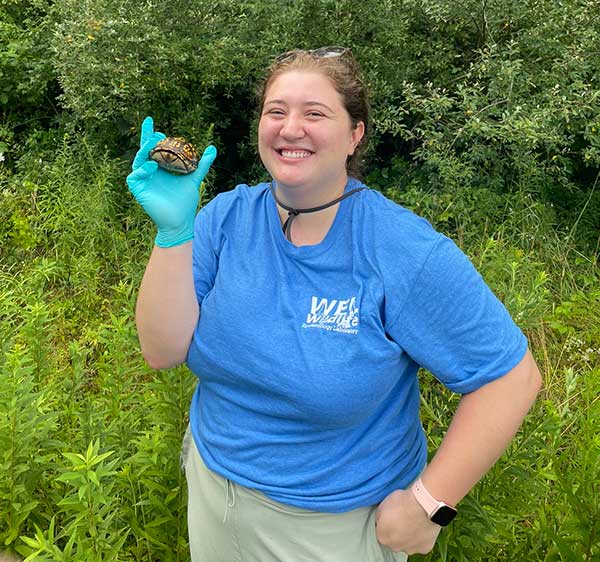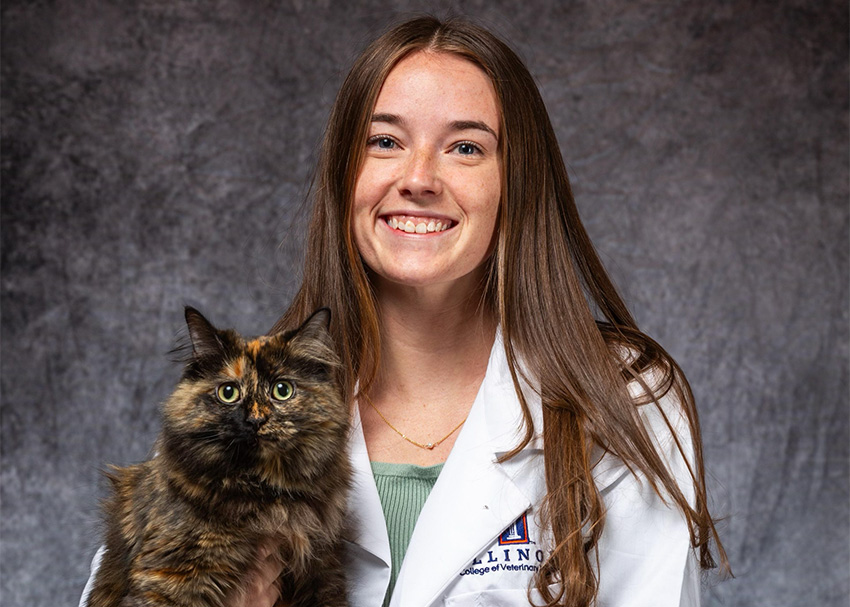In April of 2018 I had the distinct pleasure to attend a Keystone Symposia on Mitochondrial Biology in Kyoto, Japan. Although attendance of the meeting resulted in missing a week of class just before finals, I do not regret the decision to attend, for the trip was far beyond anything I could have imagined.
![[Beautiful ramen meal]](https://vetmed.illinois.edu/wp-content/uploads/2021/04/sb-holland-bowl.jpg)
After becoming acquainted with Japan, next began the mitochondria meeting. This meeting was phenomenal! It was packed with the world’s leading experts in mitochondrial biology and autophagy, including Drs. David Sabatini, Thomas Langer, Luca Scorrano, Jodi Nunnari, and Jared Rutter, with 600 attendees and 30 countries represented. The pure scientific content of the meeting was outstanding. I learned of groundbreaking research that fundamentally changed my view of my favorite organelle, the mechanisms of how mitochondria function (besides generating ATP), and their role in health and disease.
![[Kinkaku-ji, Temple of the Golden Pavilion in Kyoto]](https://vetmed.illinois.edu/wp-content/uploads/2021/04/sb-holland-reflection.jpg)
Although this trip was built around my love for mitochondria, the experience and memories that I gained are more valuable than I could have imagined.
Robin Holland
During my departure, I sat in the Seoul airport waiting for my next flight, catching up on cardiac pathology lectures. It was then that I realized that was the day North and South Korea were meeting in a summit in Panmunjom, less than 30 miles away from where I was sitting, an event equated by many to the fall of the Berlin wall. I watched as people in the airport gathered around monitors to watch the news and discuss how the summit would ultimately affect their lives. It was fascinating to be so close to a major diplomatic event and the response in the immediate surrounding, even as a mere passerby.
![[Fushimi Inari-taisha, shrine in Kyoto]](https://vetmed.illinois.edu/wp-content/uploads/2021/04/sb-holland-archways.jpg)
Everywhere we visited was impeccably clean. People had so much passion for their work and home that they went the extra mile to keep everything neat and tidy. The culture was beautiful. The history around Kyoto, Nara, and Osaka was remarkable, with castles, temples, and shrines being built over 1200 years ago. I was humbled by the kindness that people showed me personally. I know little Japanese, but I never felt belittled or ostracized. Even with a language barrier, we were still able to communicate respectfully and enjoy our interactions together.
Although this trip was built around my love for mitochondria, the experience and memories that I gained are more valuable than I could have imagined. I was immersed in a new culture, in a country far from home where I did not speak their language. Yet, with all of those differences, I felt so much kindness from those I met, and I was humbled by the cultural beauty.
Arigatō gozaimashita
–Robin Holland, PhD, DVM Class of 2020
![[Kennin-ji, oldest Zen Buddhist temple in Kyoto]](https://vetmed.illinois.edu/wp-content/uploads/2021/04/sb-holland-panorama.jpg)




